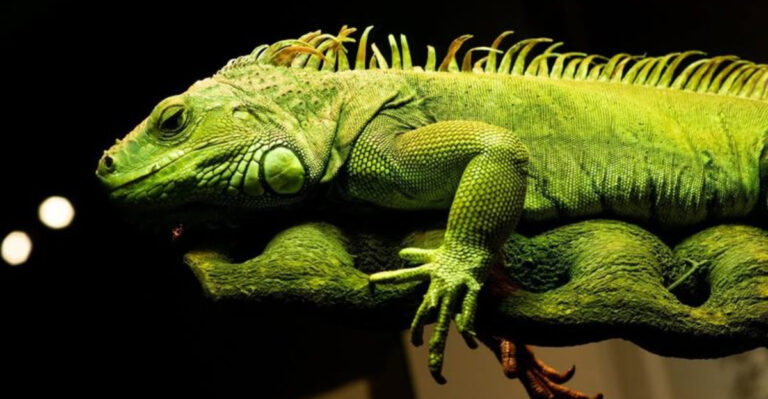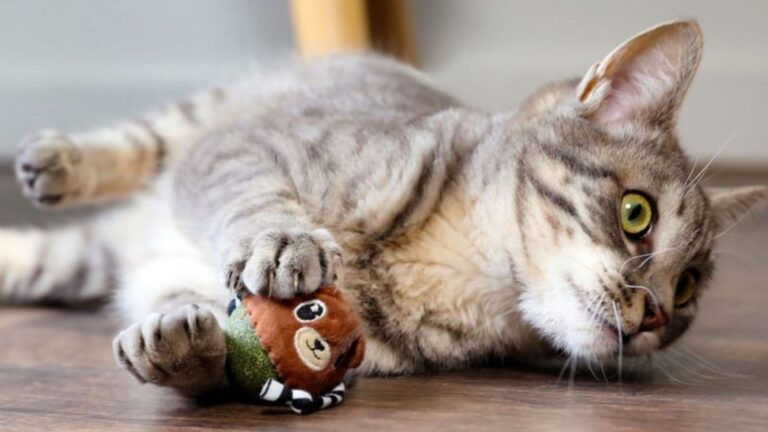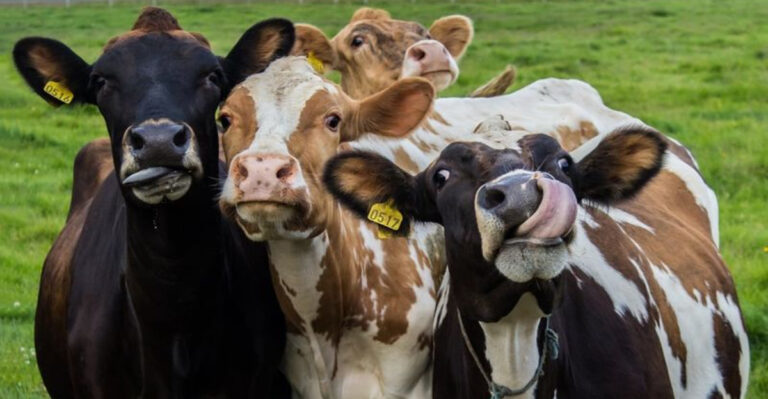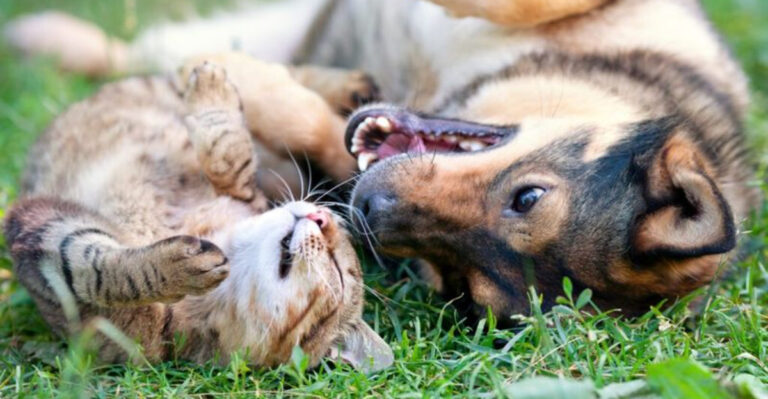16 Animals That Engage In Ritualistic Behaviors
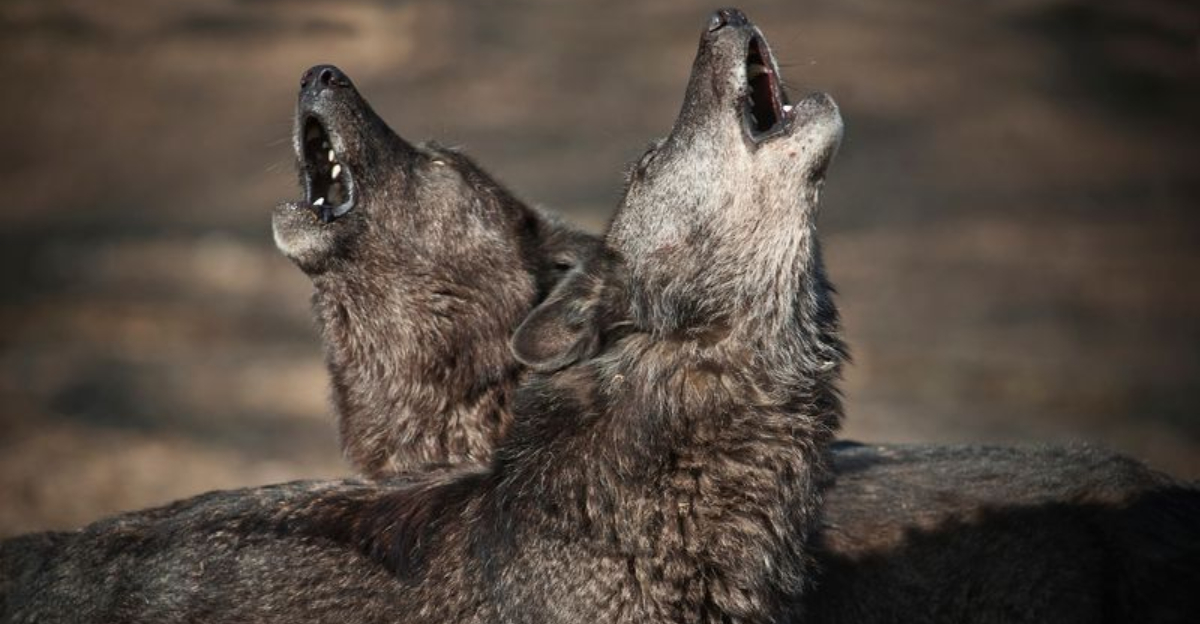
These behaviors are not only incredible to witness but also play essential roles in communication, mating, and survival.
Let’s explore the enchanting world of ritualistic animal behaviors, where every dance, display, and gesture has a purpose and story behind it.
1. Japanese Macaque
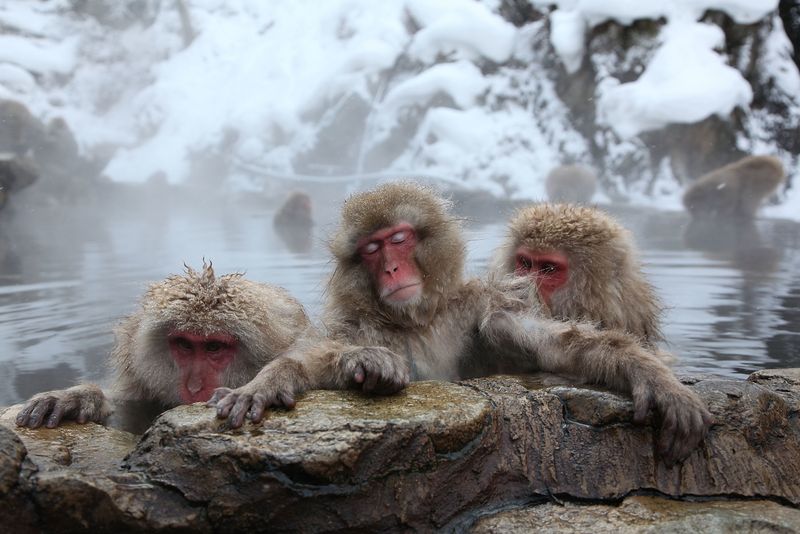
Ever thought of a spa day as a family affair? Japanese macaques, known as snow monkeys, enjoy soaking in hot springs during cold months.
This ritual isn’t just for relaxation; it strengthens social bonds within the troop. Imagine sharing a warm bath with friends amidst snowy landscapes!
But here’s a curious twist: only the highest-ranking members get the premium soak, turning each spa day into a social hierarchy showcase. Who knew relaxation could be so competitive?
2. Bowerbird
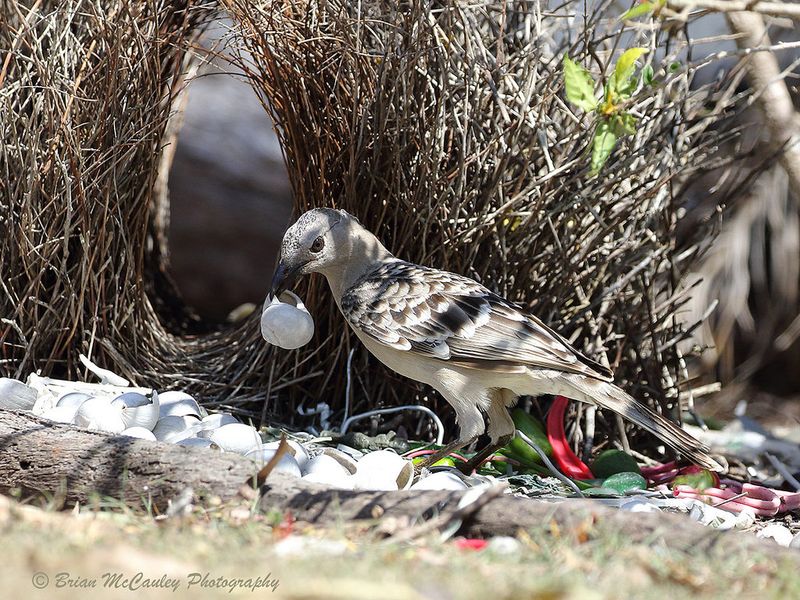
In the world of interior design, male bowerbirds take the cake. These avian architects build elaborate structures called bowers, decorated with colorful objects to attract mates.
Picture a bird meticulously arranging blue bottle caps and flower petals just to impress a potential partner. The courtship ritual involves a dazzling mix of song and dance around this masterpiece.
It’s like bird dating with a DIY twist. So, next time you see a bower, remember—it’s all about making a lasting impression!
3. Fiddler Crab
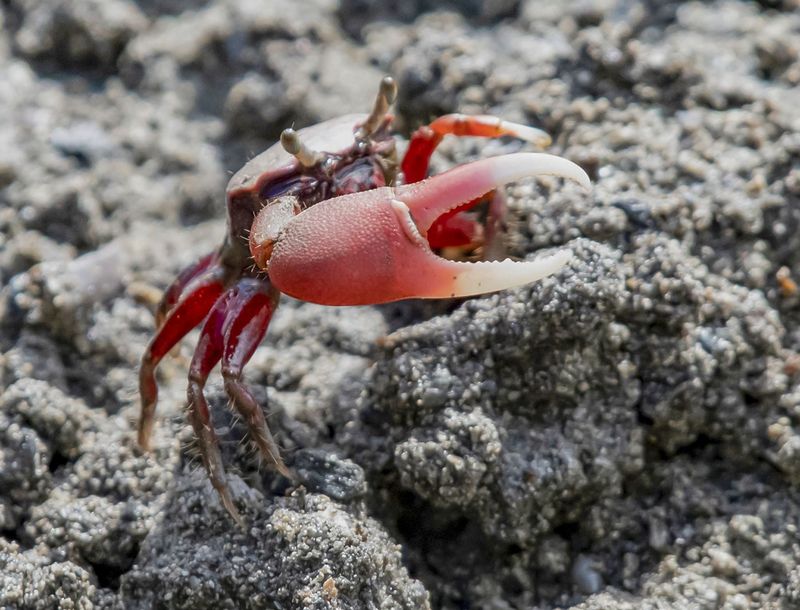
Welcome to the beachside dance-off! Male fiddler crabs wave their oversized claws in a synchronized manner to attract females and ward off rivals.
This waving is both a show of strength and a signal of availability. Imagine tiny crabs doing the cha-cha on a sandy stage!
The precision of their movements can decide their romantic fate. It’s a miniature spectacle of rhythm and rivalry, played out on the sunlit beaches. Who will win the heart of the lady crab?
4. Red-Capped Manakin
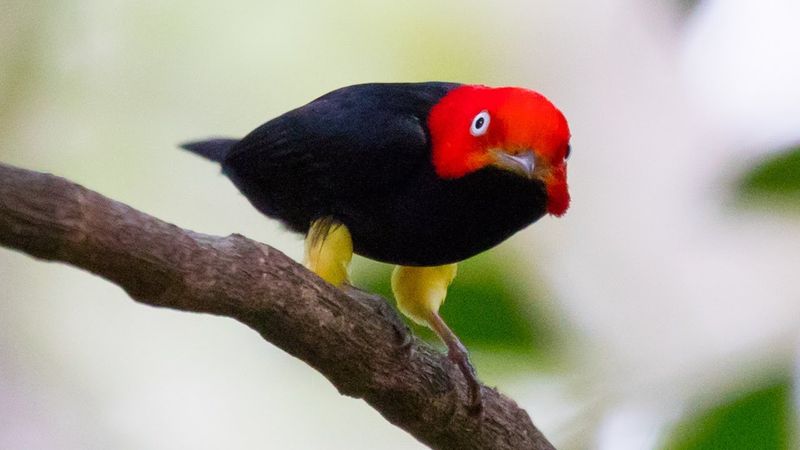
Imagine witnessing a bird moonwalk across a branch! The red-capped manakin does just that to attract a mate. This bird’s dance moves are so smooth that even pop stars would be impressed.
Set in the lush backdrop of Central America’s rainforests, the male performs quick, backward steps that resemble a moonwalk.
5. Great Crested Grebe
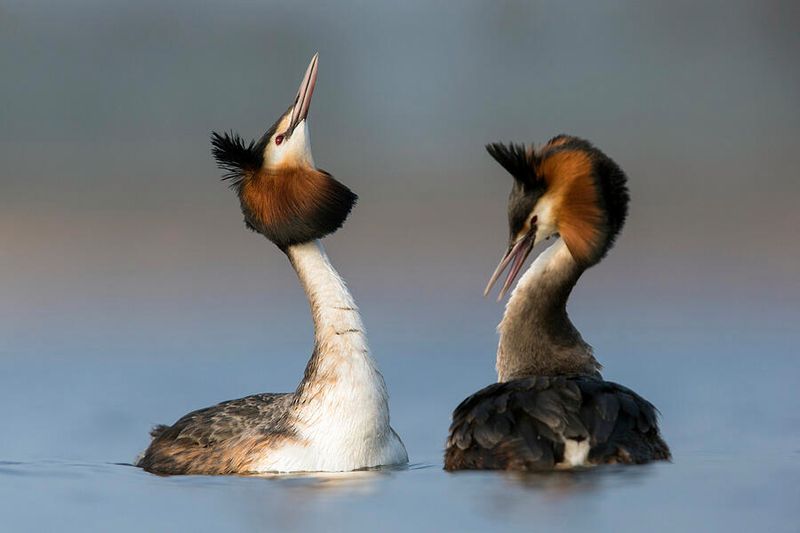
If synchronized swimming had an avian category, great crested grebes would be the champions. These elegant waterbirds perform a choreographed dance that involves mirroring each other’s movements.
With a series of head shakes, dives, and graceful glides, they strengthen their pair bond. Picture two birds elegantly pirouetting across a shimmering lake surface.
This watery ballet is not just for show; it’s a crucial part of their mating ritual. Nature’s own graceful duet on water!
6. Satin Bowerbird
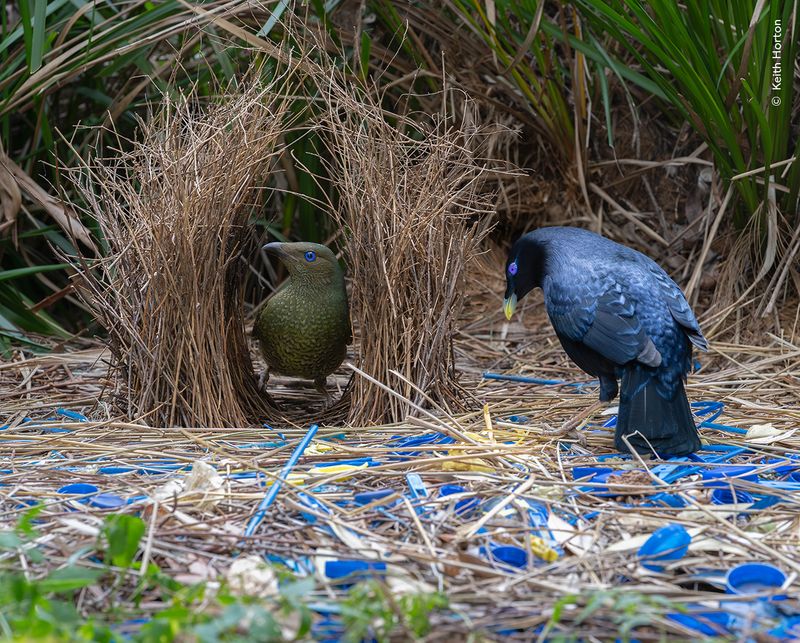
The satin bowerbird takes the art of gift-giving to a whole new level. Males collect blue items—anything from berries to bits of plastic—to adorn their bowers.
These vibrant displays are designed to woo potential mates. Imagine a bird meticulously arranging its treasures, each piece chosen to catch the female’s eye.
It’s nature’s way of saying, “I’ve got style!” This ritual not only showcases creativity but also the male’s ability to gather resources. Truly a romantic with flair!
7. Prairie Vole
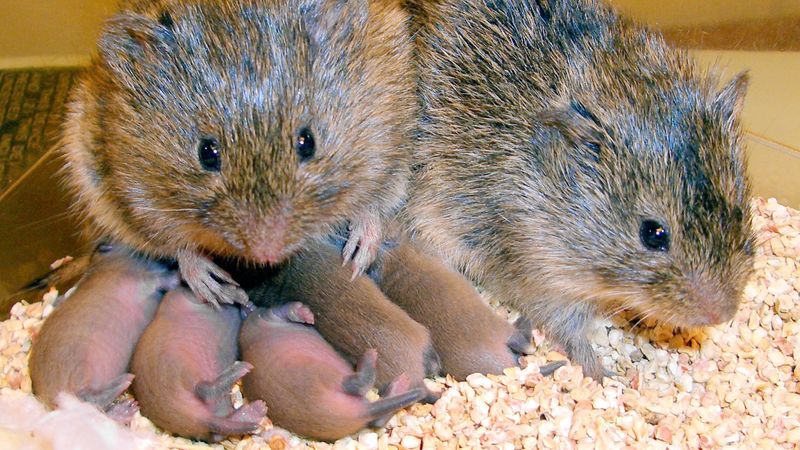
Who says romance is dead? Prairie voles are one of the few mammals that form lifelong monogamous bonds. Their courtship involves grooming and snuggling, which may sound familiar to any human couple.
These affectionate rituals help strengthen their bond, ensuring both partners stick together through thick and thin.
It’s a heartwarming tale of love and partnership, played out in the sprawling grasslands where they reside. Talk about relationship goals in the animal kingdom!
8. African Elephant
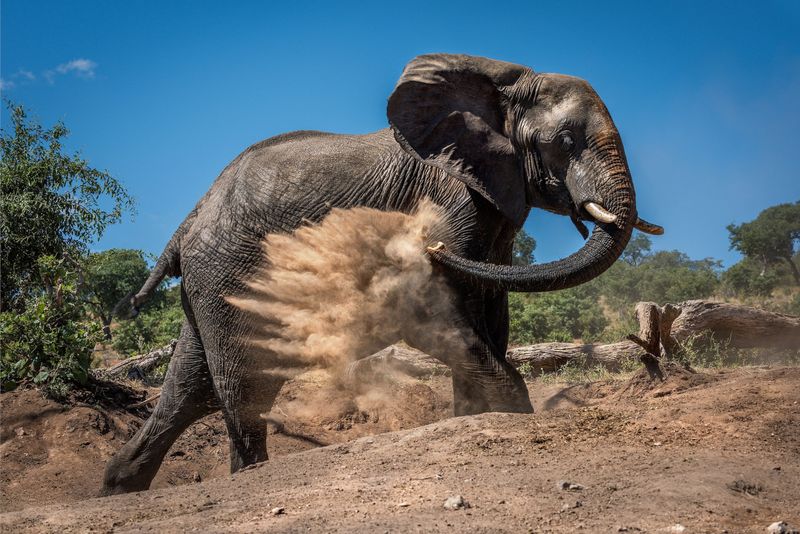
Ever seen elephants enjoy a dust bath? It’s not just for cleanliness! African elephants partake in this communal activity to protect their skin from the sun and pests.
Imagine a family of giants playfully tossing dust over each other under the sunlit sky. This behavior strengthens social ties within the herd, much like a family picnic.
Elephants prove that sometimes, getting dirty is the best way to bond. Plus, it’s a natural sunscreen and insect repellent combo!
9. Mandrill
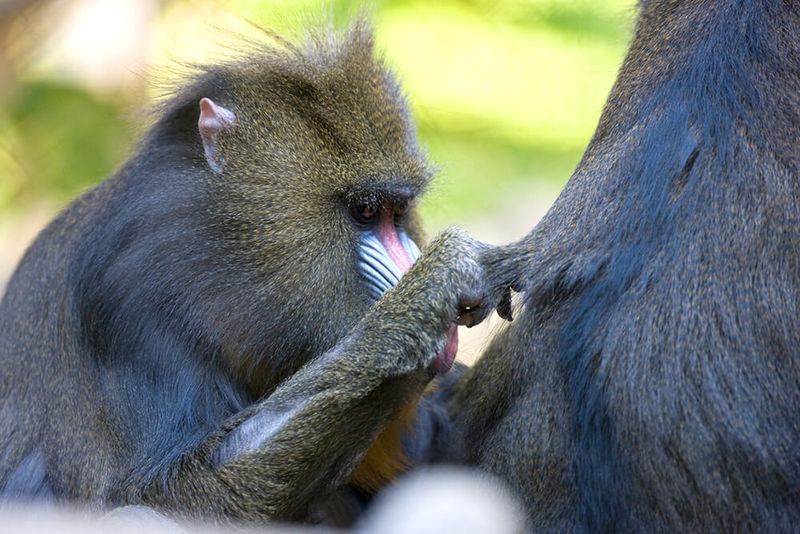
With faces that look like they’ve been painted by an artist, mandrills engage in social grooming to reinforce group relationships.
This primate family ritual is as much about cleanliness as it is about camaraderie. Imagine a jungle salon, where mandrills carefully groom each other’s vibrant fur.
Each touch and turn is a gesture of trust and friendship. It’s a colorful display of cooperation and unity within their troop. Who knew grooming could be such a social affair?
10. Adelie Penguin
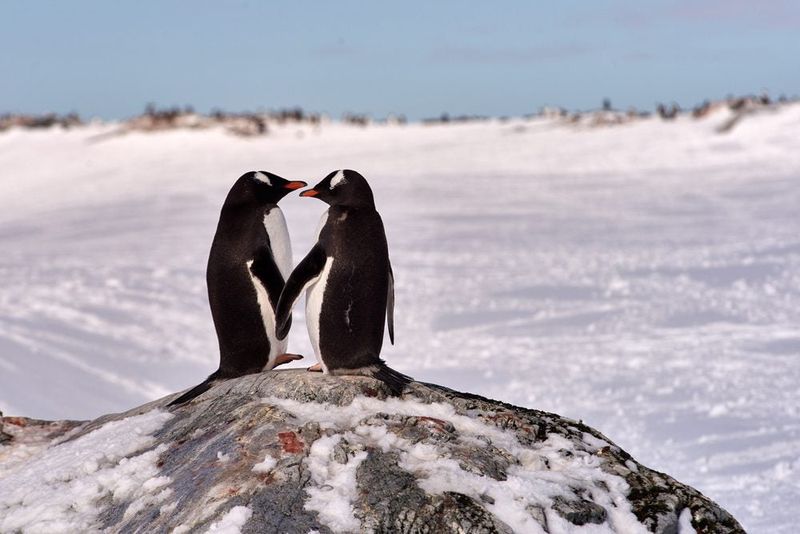
In the icy world of Antarctica, Adelie penguins have a charming ritual: stone gifting. During courtship, males present females with pebbles to build their nests.
It’s like exchanging rings, but with more practicality! Picture these tuxedoed birds waddling across ice, carefully selecting the perfect stone for their mate.
Each pebble strengthens their bond and ensures a cozy home for their future chicks. It’s nature’s version of a chilly, yet heartfelt love story.
11. Bonobo
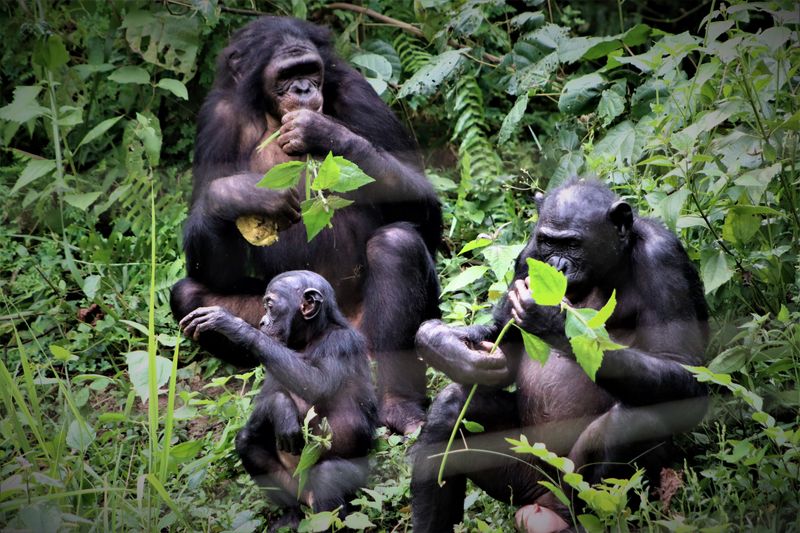
Known for their peaceful nature, bonobos use social rituals to maintain harmony within their groups. Playful interactions and grooming are common, reducing tension and strengthening bonds.
Imagine a jungle playground where bonobos swing, play, and groom each other with genuine affection.
These activities are more than just fun; they’re essential for group cohesion and peacekeeping. Bonobos show us that sometimes, play is the best way to keep the peace.
12. Wolf

When the moon rises, wolves engage in their iconic howling sessions. But this isn’t just about making noise; it’s a vital communication tool.
Picture a choir of wolves howling in harmony, each voice distinct yet part of a cohesive melody. This ritual strengthens pack bonds and coordinates activities.
It’s nature’s way of saying, “We’re here, and we’re united.” In the vast wilderness, these howls echo the unity and strength of the pack.
13. Common Chimpanzee
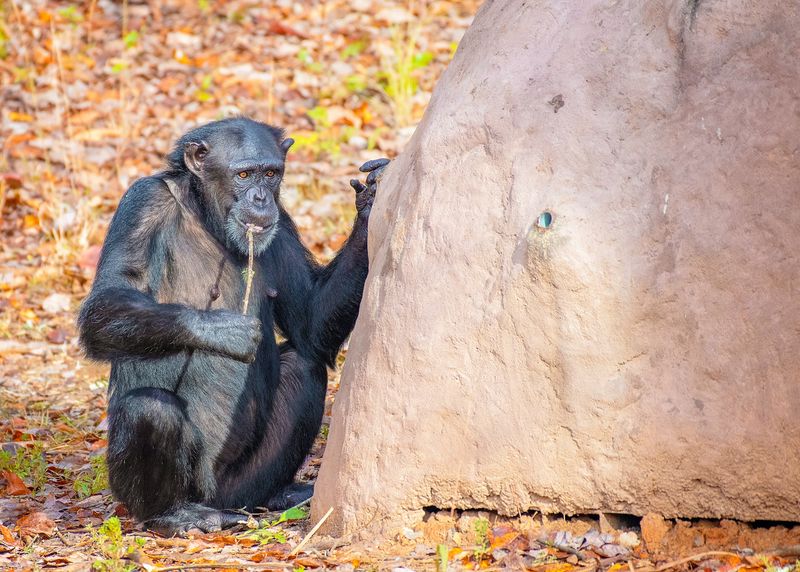
Ever tried fishing with a stick? Common chimpanzees have mastered the art of termite fishing using twigs. This ritual is a learning opportunity and bonding exercise within the group.
Imagine a forest classroom, where young chimps watch and imitate their elders, honing their skills. It’s an educational ritual that reinforces social bonds and survival skills.
Who knew termite fishing could be such a community affair? This skill-sharing is both practical and social.
14. Blue Jay
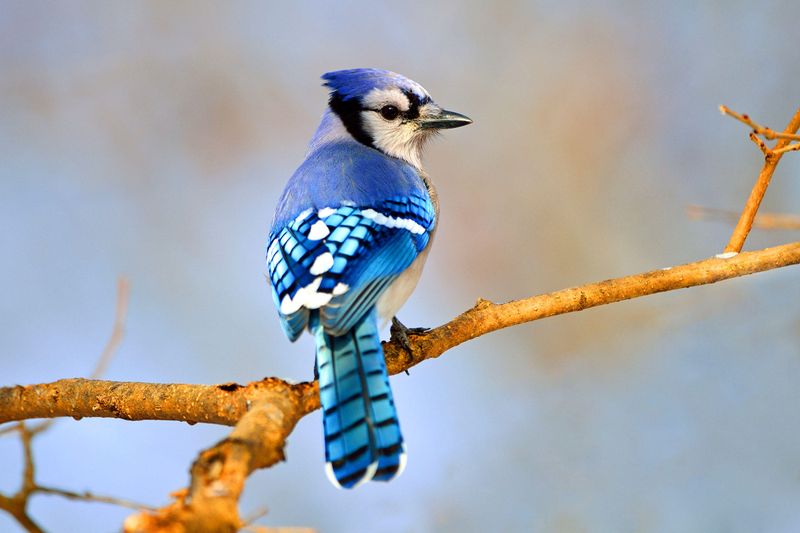
Consider the blue jay, a bird that’s a master of mimicry. These clever birds can imitate the calls of hawks to deceive other birds. It’s a trickster’s ritual—part survival, part performance art.
Imagine the surprise on a crow’s face when it hears a hawk, only to discover it’s just a cheeky blue jay. This mimicry is a testament to their intelligence and adaptability in the wild.
Who knew deception could be so musical?
15. Lyrebird
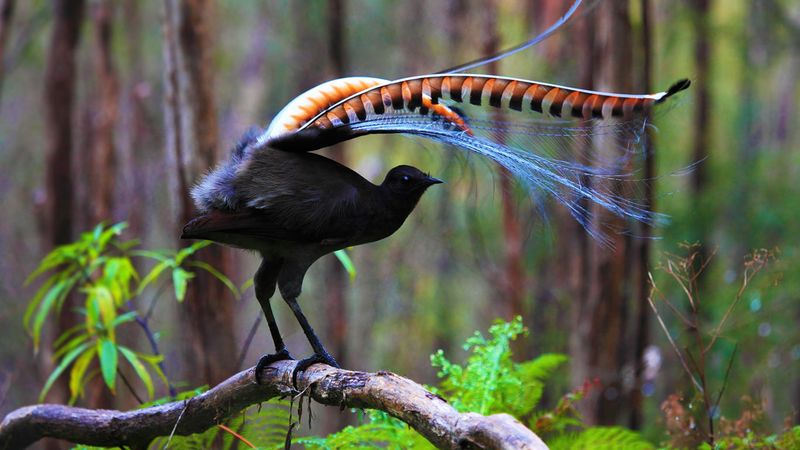
In the realm of avian impressionists, the lyrebird reigns supreme. Known for mimicking natural and artificial sounds, these birds use their vocal talents during courtship displays.
This auditory performance is designed to attract females, showcasing versatility and creativity. It’s nature’s version of a live concert, where the stage is set in the heart of the forest.
16. Honeybee

Ever seen a bee dance? Honeybees perform a waggle dance to communicate food sources to the hive.
This intricate dance involves precise movements that convey distance and direction. Imagine a lively dance floor inside a hive, where each step has purpose and meaning.
The waggle dance is vital for the colony’s survival, ensuring everyone knows where the next meal is. It’s a buzzing testament to communication and teamwork in the insect world.


